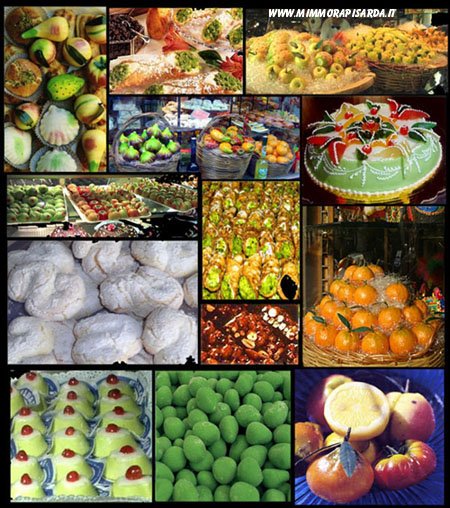
In mediaeval times the legend of the Black Madonna was augmented in France by some especially "esoteric" popular religious sects, common amongst them were the Knights Templars and Cathars. One of the central excuses the French monarchy issued in the persecution and destruction of the Knights Templars was the fact that they had adopted the Maure and had several "Baphomets" in their monasteries. The Templars had brought back with them th
 e devotion to the Black Madonna from the Crusades.
e devotion to the Black Madonna from the Crusades. The snake-haired Gorgon triplet Medusa is also a female Maure : And the only country with Medusa's Head on its flag is Sicily. The oldest surviving design of a Medusan Trinicria is in the mosaic in Tindari depicting the head of Medusa, in a geometrically circular black face.
Tindari is a cape that sits 10 kilometres east of the city of Patti on the northern coast of Sicily. Not on your usual tour itinerary, but Tindari, one of the many Greek / Roman sites in Sicily, spectacularly positioned on the island's North coast, is in yet another beautiful high altitude setting. Inside the huge purpose built 1950s Basilica located here, is the much revered Black Madonna - a larger than life iconic figure "from the East" dating back to the second half of the first millenium.
The mystery of the Sicilian Black Madonna , an image, a countenance which like the sunlight came as a gift to this land, via pathways still fraught with mystery from the Christian East sometime during the 7th Century. For hundreds of years it has patiently withstood raids by Saracens and pirates, conquerors and raiders, old and new, exhibiting the elegant sign of a continuity which recent restoration work has revealed in all its dignified beauty.
The Black Madonnas are associated with the earth, with darkness, mystery, and most importantly, with miracles. Many have theorised that these images and statues hearken back to the worship of the ancient Goddesses Isis and Demeter; indeed, some of the statues themselves are believed to be pre-Christian.
Many writers seeking to interpret the Black Madonnas suggest some combination of the following elements:
- Black Madonnas have grown out of a pre-Christian Earth Goddess tradition. Their dark skin may be associated with ancient images of these goddesses, and with the colour of fertile earth (such as around the volcanic Etna).
- Black Madonnas derive from the Egyptian goddess Isis. The dark skin may echo an African archetypal mother figure.
Another beautiful legend arising from Tindari is the story of the Lagoon of Tindari. The story tells how a woman pilgrim refused to pray to the Madonna because she was black. The woman accidentally dropped her baby in the sea but the Black Madonna raised the sand in order to save the baby and demonstrate her compassion. The shape of the sands of the lagoon now show an image representing the profile of the Madonna (see photo).
If all of this intrigues you, why not consider a stop over in Patti, only a short stroll from Tindari. You can sleep at the picturesque farm-stay accommodation, Villa Rica surrounded by centuries old olive trees, lemon groves, fruit orchards and the particular Mediterranean vegetation.








This comment has been removed by a blog administrator.
ReplyDeleteI have been to see this and it is beautiful!
ReplyDelete